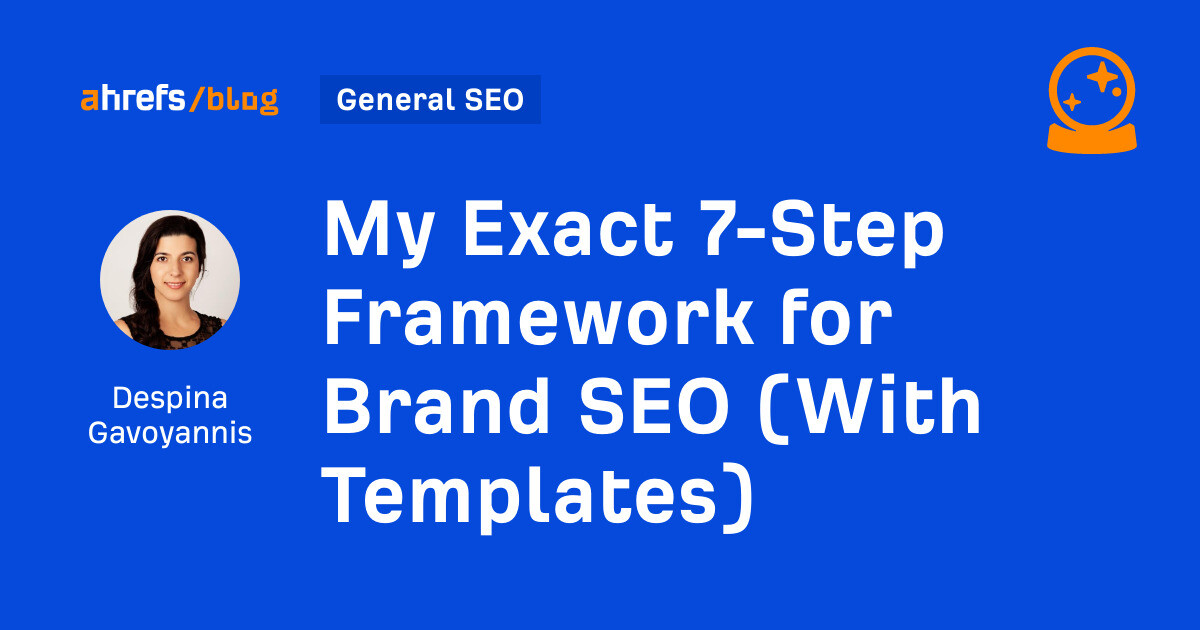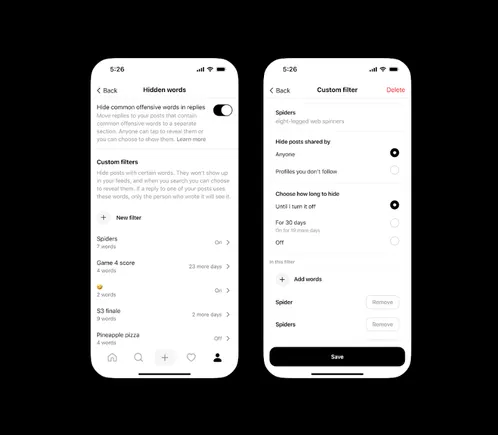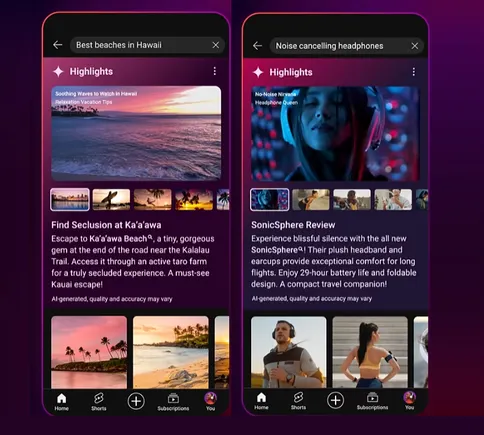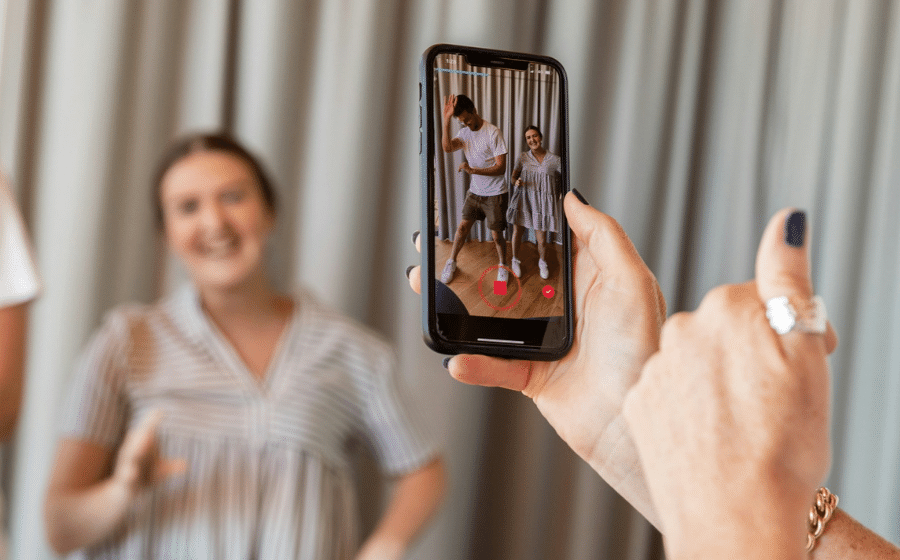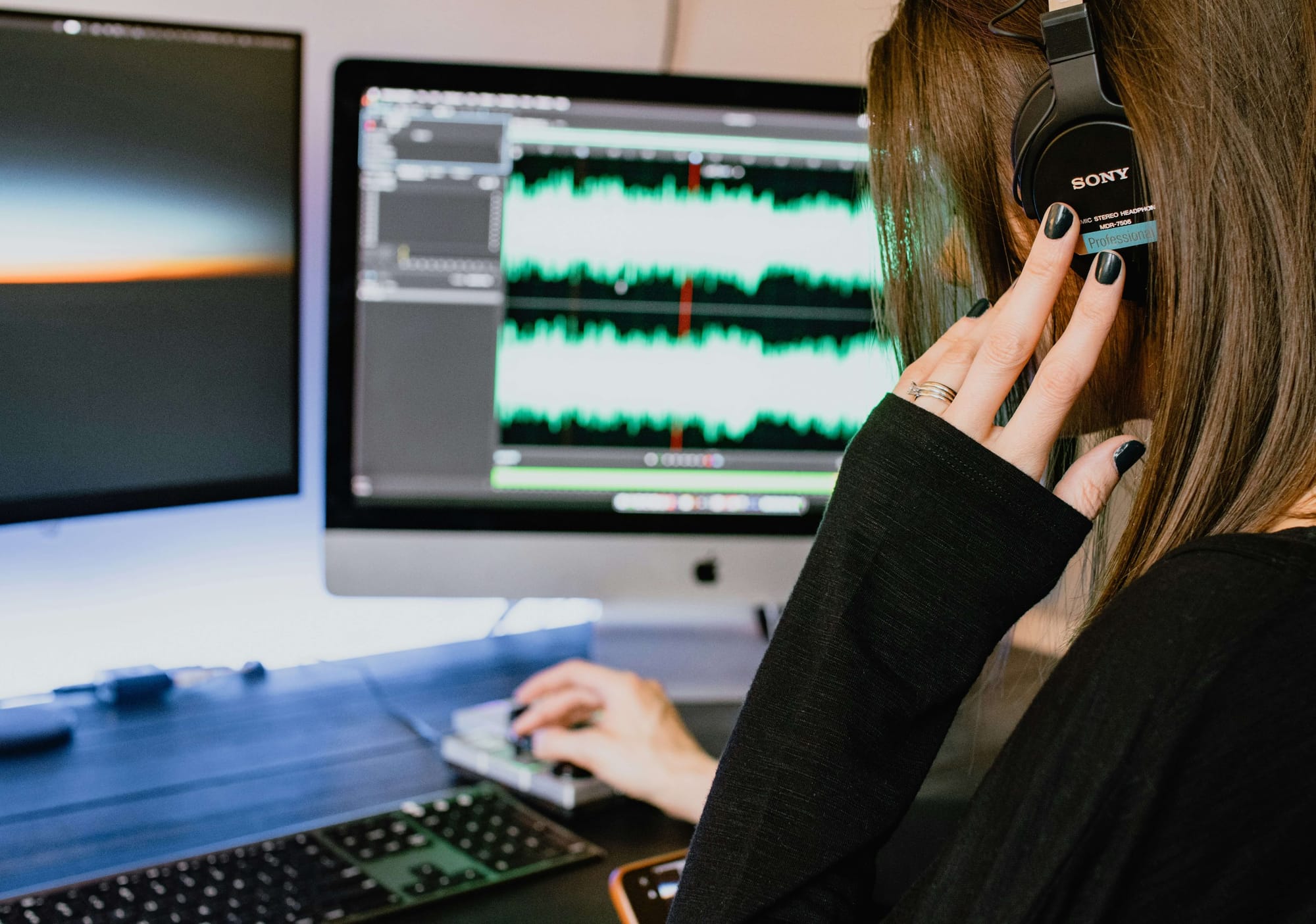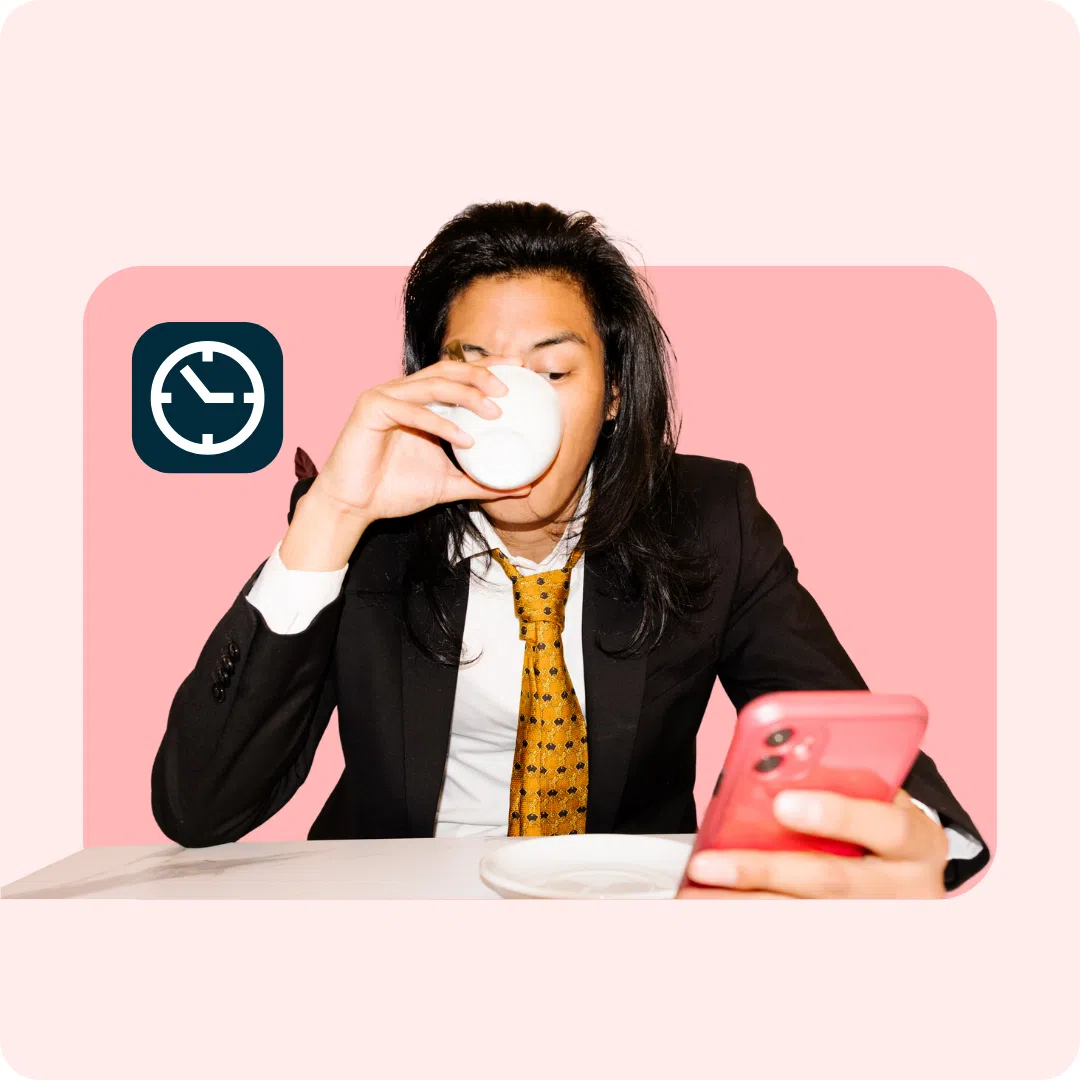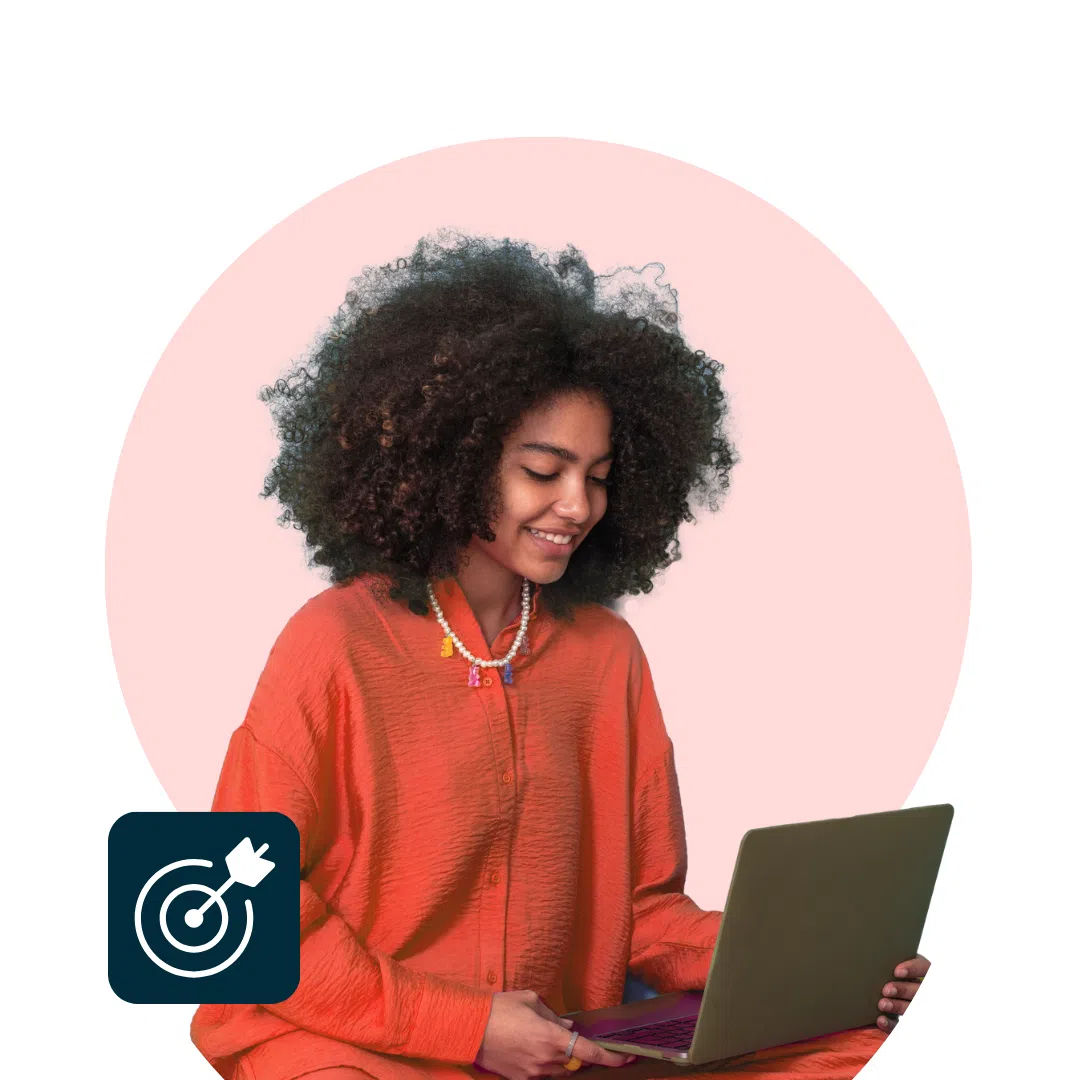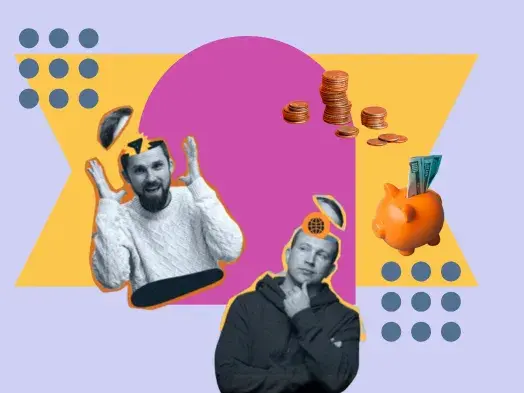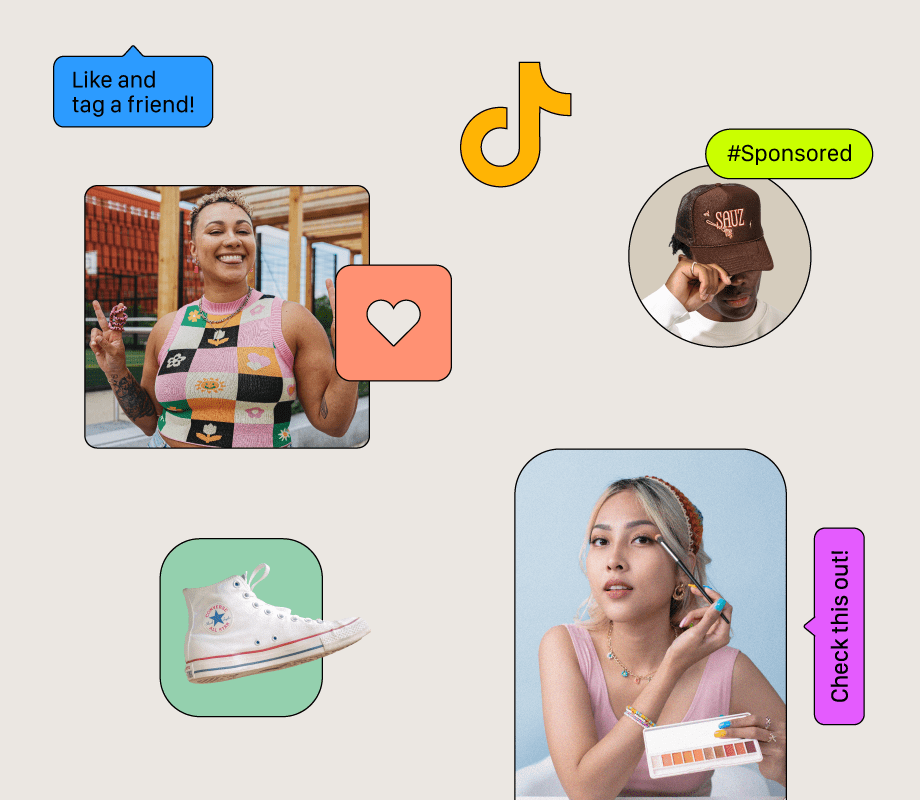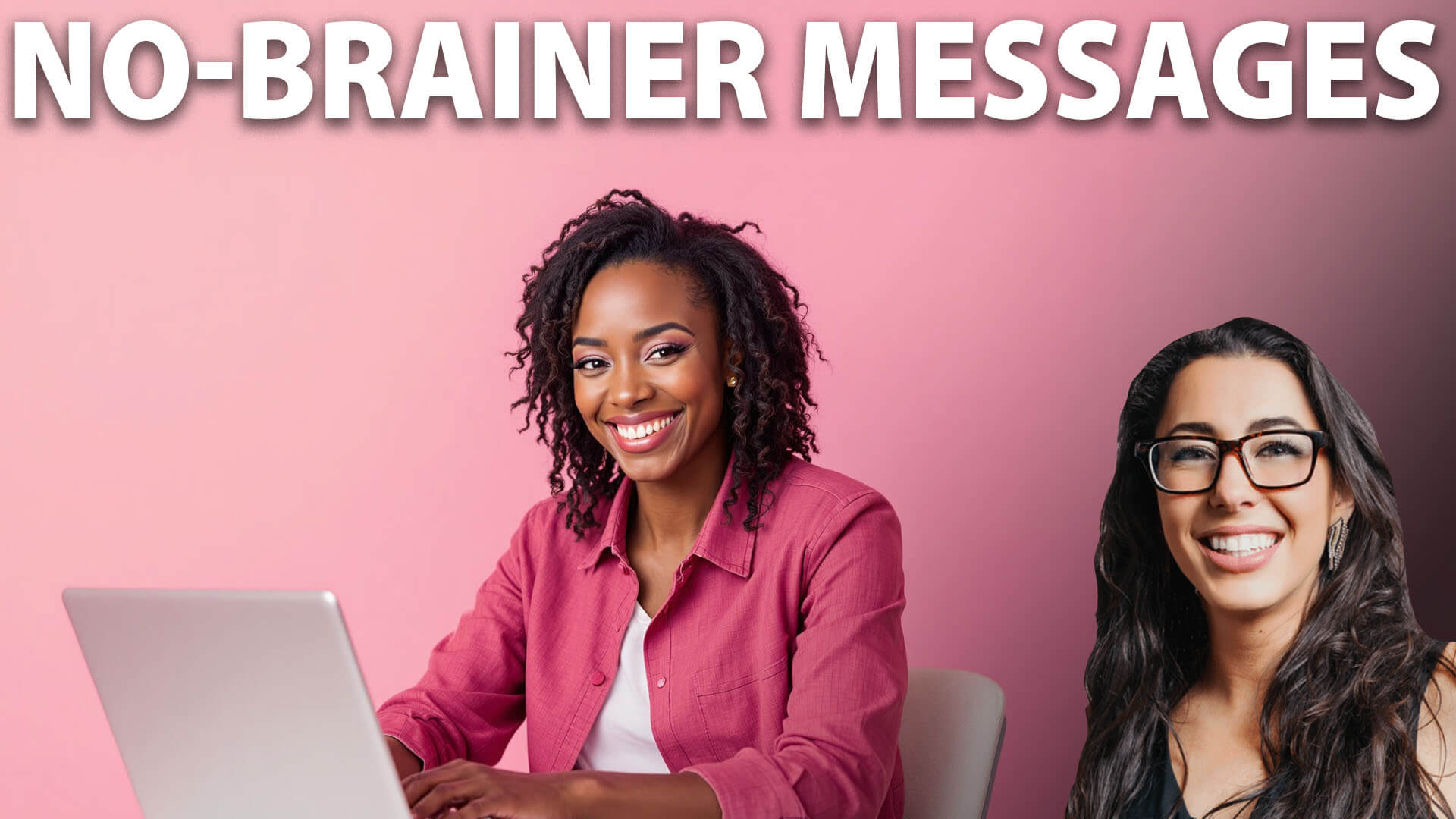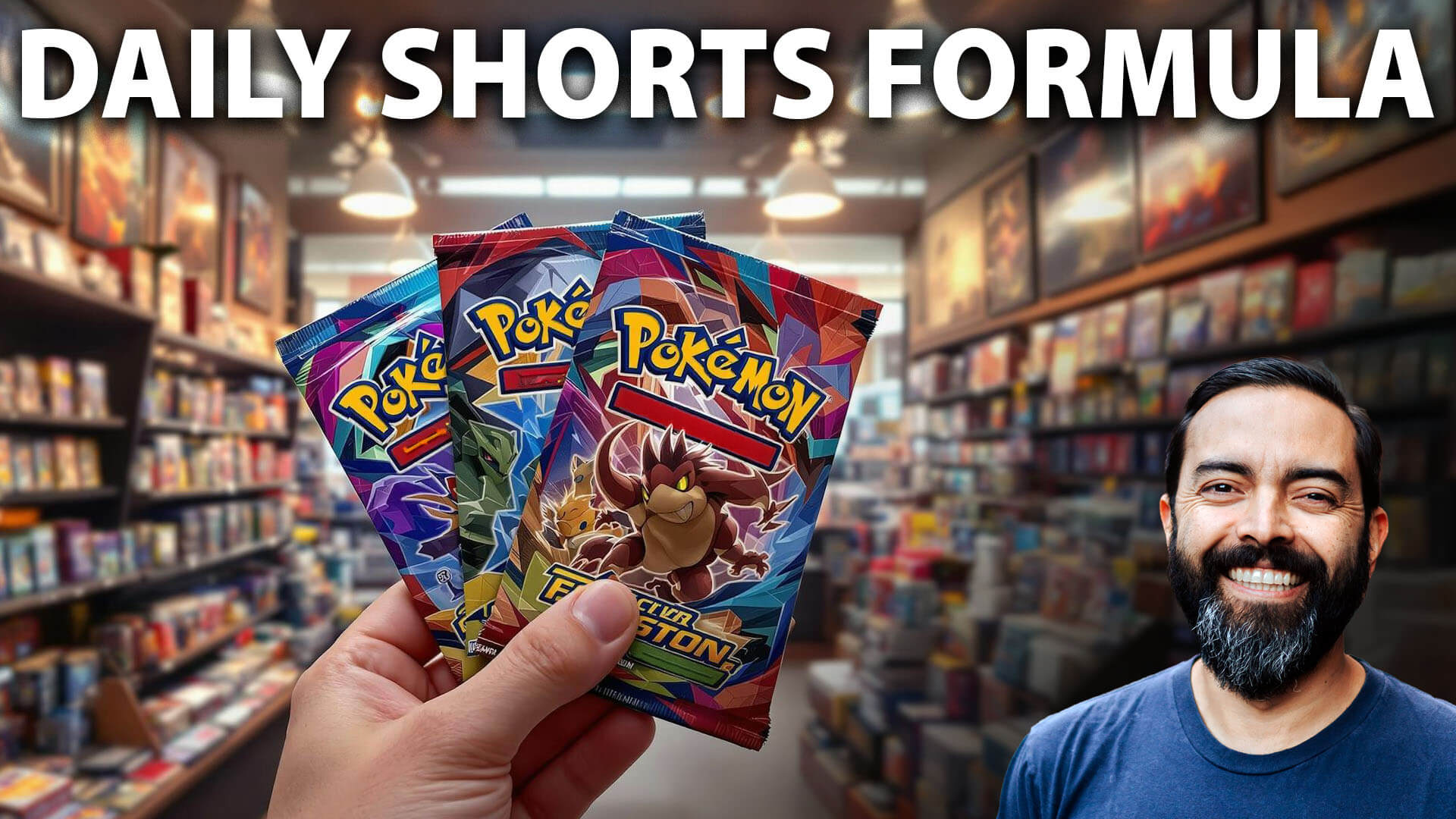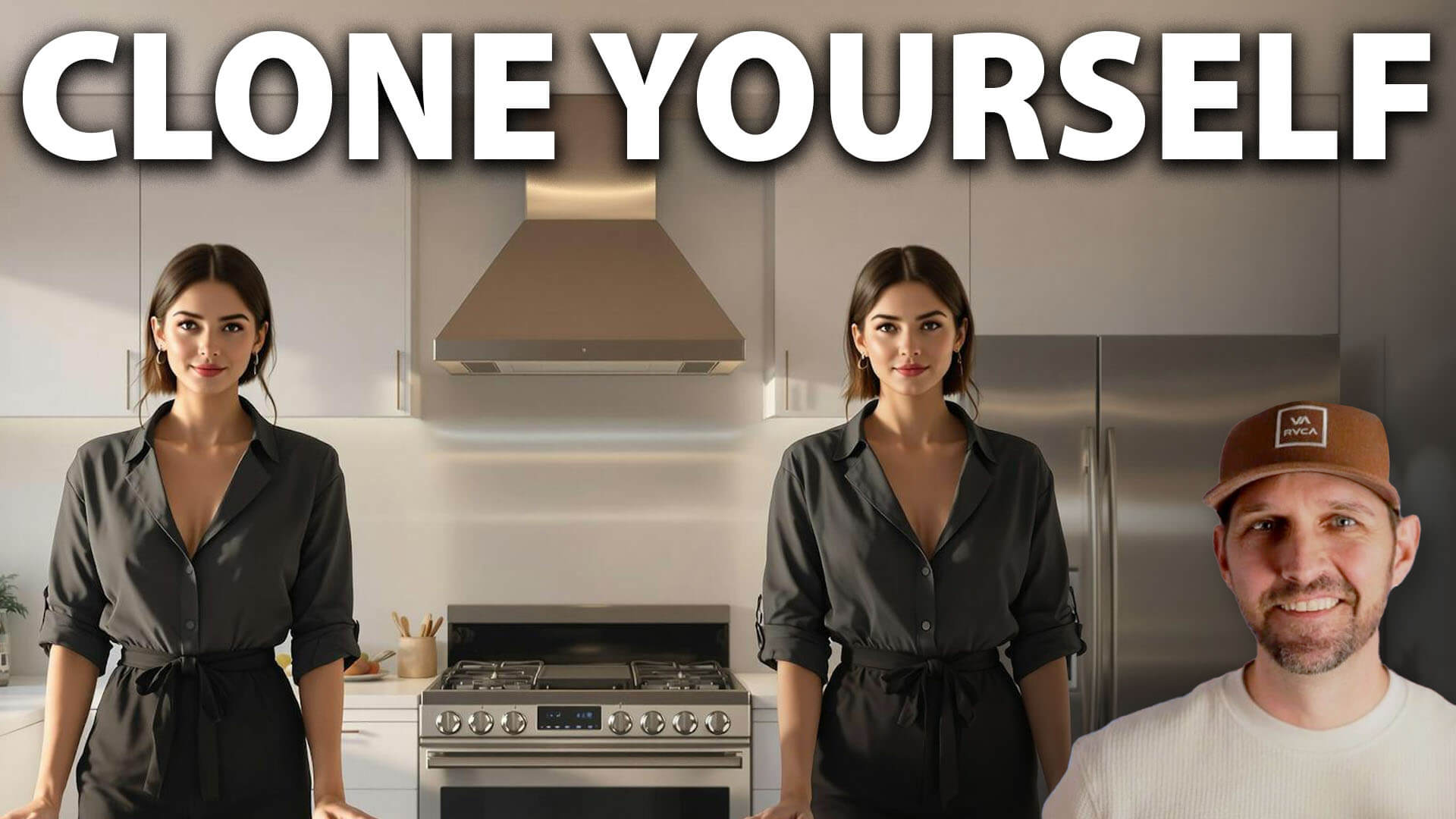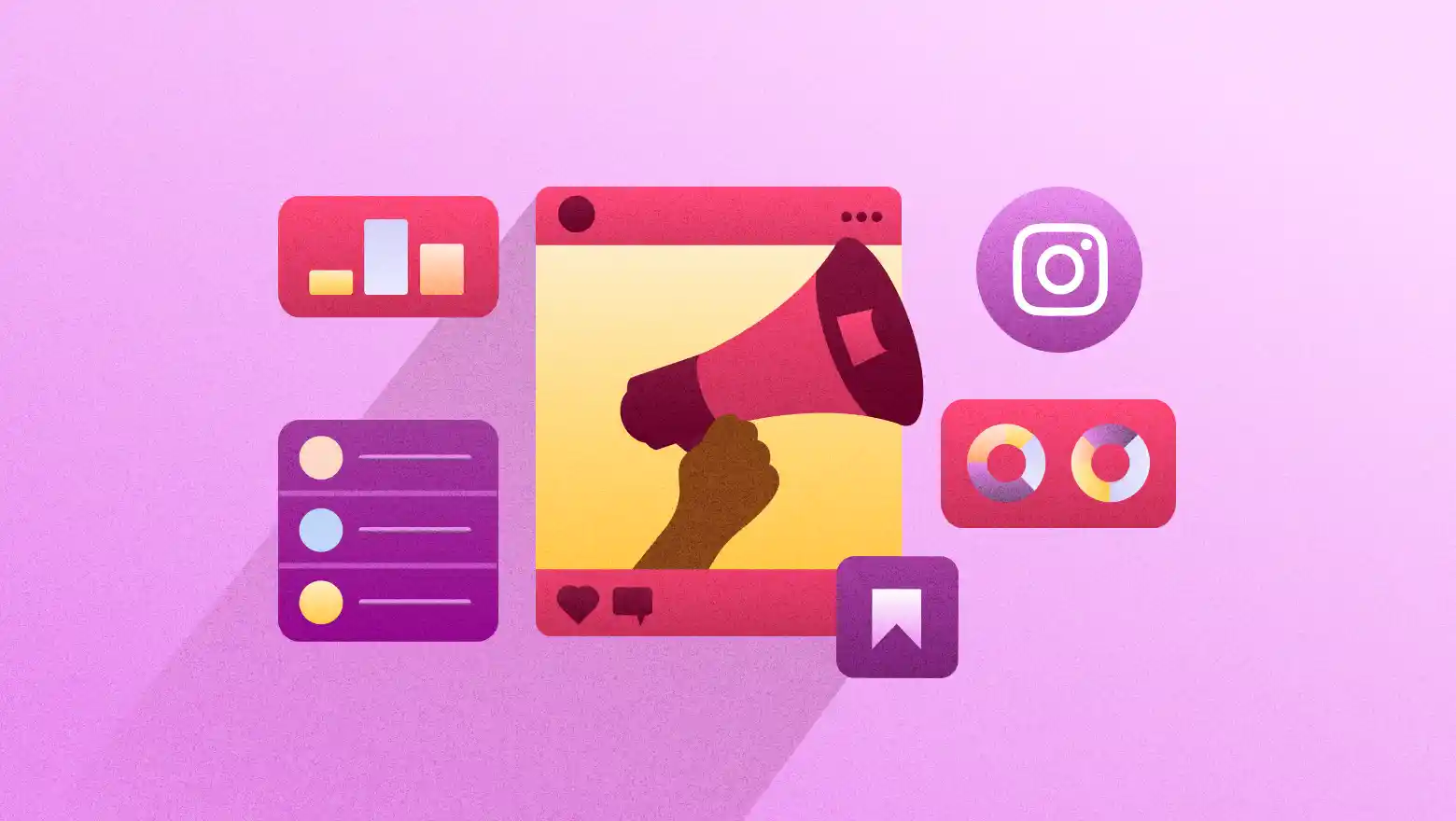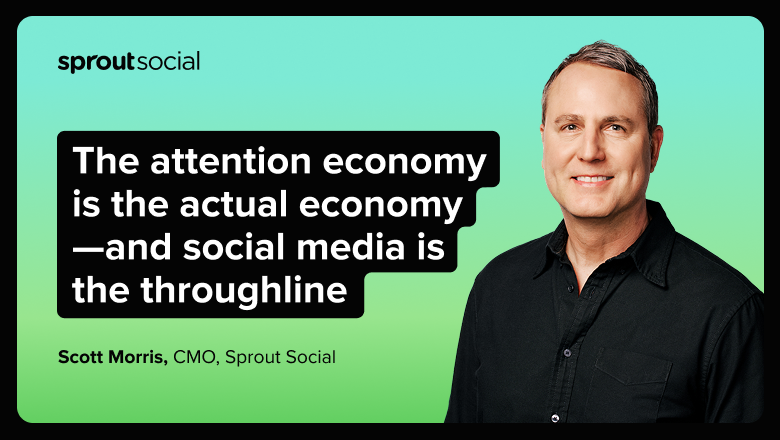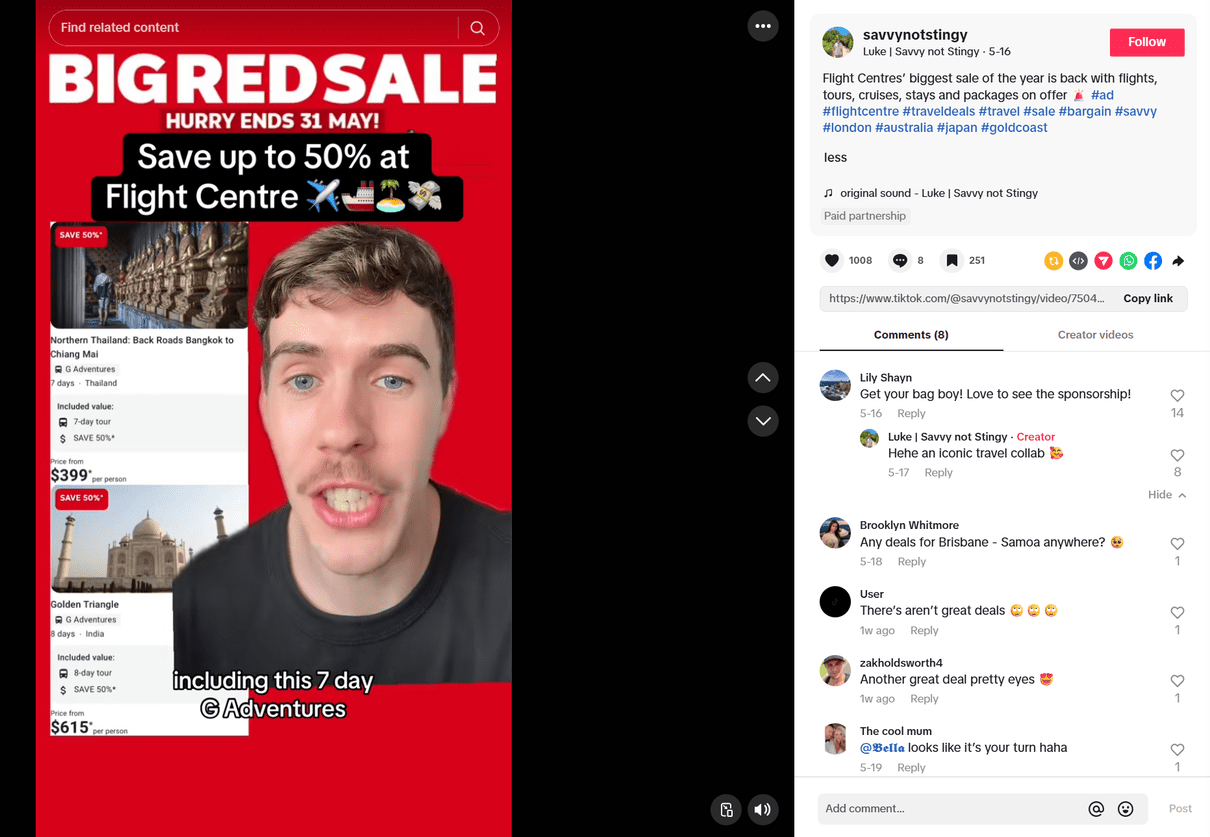6 effective influencer marketing examples in Australia (& why they work)
Influencer marketing has become one of the most powerful tactics for brands on social media, enabling them to leverage creators’ existing reach and credibility. Read more... The post 6 effective influencer marketing examples in Australia (& why they work) appeared first on Sprout Social.
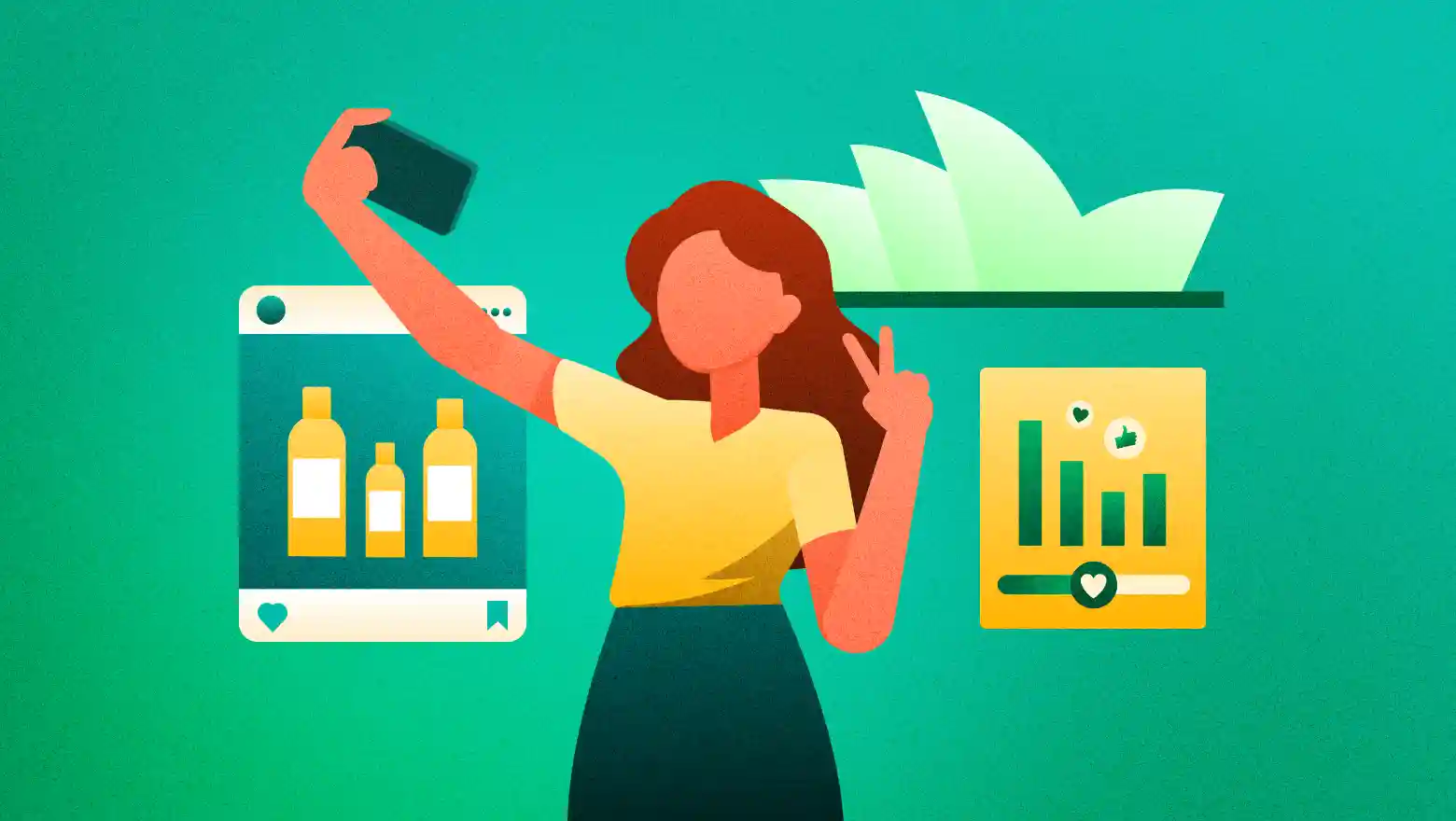
Influencer marketing has become one of the most powerful tactics for brands on social media, enabling them to leverage creators’ existing reach and credibility. If your business isn’t already embracing influencer marketing, the social media statistics in Australia may convince you of its power in elevating your strategy.
According to The 2025 Sprout Social Index™ Australia, 91% of Aussie social media users use it to stay abreast of trends and cultural moments. The Index also found that 24% of users plan to increase their social media use in 2025. With nearly a quarter of Aussies planning to ramp up their social presence, brands need to meet users where they are and develop campaigns that resonate—many of which may include influencers.
In this article, you’ll gain the information you need to create a successful influencer marketing campaign in Australia. From the industry’s current landscape to campaign types to real-life influencer marketing examples, we cover it all.
The current landscape of influencer marketing in Australia
Valued at more than AU$21.1 billion, influencer marketing in Australia is transforming not only how people engage but how they spend. Here are a few Aussie influencer marketing statistics showcasing the country’s current state of influencer marketing:
- Per Sprout’s Q2 2025 Pulse Survey (which assessed consumers in Australia, the UK and the US), 76% of all social users say social media (including influencer posts) has influenced some of their purchases in the last six months.
- Further, younger generations are the most impacted, with 90% of Gen Z and 84% of Millennials saying some of their purchases within this period were influenced by social.
- The survey also revealed that 64% of social users are more willing to buy from a brand if it partners with an influencer they like.
- Similarly, this figure increases among younger users (76% of Gen Z and 74% of Millennials).
Because creators hold such strong influence over consumers, influencer marketing in Australia is rigorously regulated. Three of the most integral regulatory bodies and their roles are outlined below.
Australian Association of National Advertisers (AANA)
The AANA is responsible for developing a strict Code of Ethics that Australian advertisers, including influencers, must follow. It aims to ensure that all advertisements and marketing communications are legal, truthful and respectful of human dignity.
One of the clauses most directly relevant to influencer marketing is clause 2.7, which states that advertising must be distinguishable as such. Put simply, influencers must explicitly disclose their sponsored posts. This is particularly important because paid social content often appears in the same feed as organic social content, making it hard for users to differentiate the two at a glance.
As a result, influencers who accept payment (i.e. money or free products or services) to promote brands must clearly communicate this business relationship to their audience. The most common methods are to include hashtags such as #ad in the caption or use native social toggles like Branded Content, Paid Partnership or Paid Promotion. Per the AANA, hashtags and labels like #sp, #gifted, Affiliate or Collab are often too unclear for audiences to easily determine that the post is an ad.
Australian Competition & Consumer Commission (ACCC)
The primary role of the ACCC is to protect the interests and rights of consumers by ensuring businesses follow fair trading practices. Specifically, it manages violations and verifies that companies abide by the Australian Consumer Law.
One of the ACCC’s key remits is social media. The organisation advises businesses on how to abide by consumer law on social, including how to avoid false or misleading posts. The ACCC can also conduct investigations, as it did in December 2023, into untruthful or misleading content and take compliance or enforcement action if necessary.
Audited Media Association of Australia (AMAA)
In its early days, the AMAA primarily audited traditional media, such as newspapers and magazines, to ensure accuracy and transparency.
In response to the social media boom, the organisation founded the Australian Influencer Marketing Council (AiMCO) in 2019. The council is made up of businesses and individuals involved in the influencer marketing sector. Together, they seek to foster transparency and accountability in the industry through best-practice advocacy, development and education.
One example of AiMCO’s easy-to-understand resources is the cheat sheet below, which guides readers on determining if a post is an ad and must be labelled as such.
Types of influencer marketing campaigns
Influencer marketing campaigns come in various shapes and sizes. It could be a single sponsored TikTok with a nano-influencer or a long-term brand ambassadorship with a mega influencer.

Regardless of the creator, platform or duration, all campaigns have one thing in common: they leverage the influencer’s credibility, authority and genuine connection with their followers.
Here’s a breakdown of some popular influencer marketing campaign types:
- Affiliate marketing: When an influencer promotes a brand, product or service and receives a commission for every conversion, that’s considered affiliate marketing. Typically, influencers’ commissions are tracked through discount codes or referral links. If a creator is regularly promoting a business via affiliate marketing, they may be a brand ambassador.
- Sponsored posts: Content that a business pays an influencer to create and post is considered sponsored. In Australia, sponsorships must be disclosed to foster transparency.
- Contests and giveaways: In this style of campaign, brands provide free, exclusive or discounted products or services to influencers. The creators then gift these goods or services at random to one or more of their followers. Giveaways and contests often feature entry rules—such as following brand accounts or sharing the post—making them ideal for brands looking to increase their social reach, following or engagement.
- Product collaborations: A brand may partner with an influencer to create or develop a specific product or collection. Because they have a hand in creating them, the influencer’s promotion of the products feels more authentic. This is particularly important to younger generations as our Q2 2025 Pulse Survey revealed, where 19% of Gen Z users said they’re likely to call out brands for disingenuous influencer campaigns. In contrast, older generations have different priorities. The survey showed 31% of Boomers are likelier to call out brands for failing to respond to customer service questions.
- In-person events: Live activations (e.g. store openings, brand trips or live panels) offer brands a unique opportunity to engage and create lasting memories with their audience directly—and influencers can play a big role in that. For example, they can create and share content on the go, expanding the event’s reach beyond its in-person attendees. Their attendance and endorsement of an event can also lend credibility to the brand and bolster audience trust.
6 examples of influencer marketing in Australia
Let’s look at a few examples of what influencer marketing in Australia looks like in practice. See how brands in the country are cutting through the noise and partnering with Aussie influencers in memorable and meaningful ways.
1. Tropeaka
While nutrition brand Tropeaka is no stranger to influencer collaborations, it’s just unveiled one of its most exciting yet on Instagram: a beauty matcha powder with Australian creator, Sophia Begg (better known as Sopha Dopha). A prolific lifestyle influencer and matcha enthusiast, Sopha is the perfect representative for the product and opens the door to seamless integrations in her content.
Whether she’s travelling the world or vlogging an average day in her life, matcha is a fixture in many of Sopha’s videos, which she shares nearly every day with her 1.4 million TikTok followers and 650K Instagram followers.
The key takeaway: By collaborating with creators who have an established history of loving the product, brands can tap into the authenticity audiences crave.
2. Runaway The Label
Although finding and partnering with the right influencers can be tricky, Runaway The Label—an online women’s fashion brand—has executed it beautifully with this campaign.
With over 17 million Instagram followers and 2.1 million TikTok followers, Tammy Hembrow, a Gold Coast native, promotes her businesses on social, including her fitness app Tammy Fit and luxury athleisure brand Saski.
Both Tammy’s social following and consumer base consist predominantly of young Australian women (Tammy Fit’s user base is 98% young women, while Saski sells women’s clothing exclusively).
By partnering with Tammy, Runaway The Label gained direct access to a highly relevant audience: young, female Aussies who already know, trust and relate to her.
The key takeaway: When a creator’s brand, lifestyle and interests directly mirror those of your target market, a sponsored post has the power to feel more like a genuine recommendation rather than an ad.
3. McCain
Founded by two brothers in the 1950s, McCain has long been associated with traditional, comforting and familiar meals. That’s why it was such a pleasant surprise when they partnered with beauty-turned-food influencer, Michael Finch.
Michael is known and beloved among his 2.6 million TikTok followers for his larger-than-life personality, engaging voiceovers and unique (and mouthwatering) recipes.
By teaming up with Michael—whose content is entertaining, lively and distinctly modern—McCain breathed new life into its image.
The key takeaway: Influencers can help modernise a brand’s image and bridge the gap between its legacy and young, digitally native consumers.
4. Carolina Herrera
In honour of Mother’s Day, designer fashion and perfume brand Carolina Herrera partnered with influencer Maria Thattil. Former Miss Universe Australia, Maria’s social content centres largely around fashion and beauty, making her an ideal spokesperson for the brand’s GOOD GIRL perfume.
But this campaign had a special and timely twist. Because it promoted the perfume as a perfect Mother’s Day gift, the video also featured Maria’s mother. In the caption, she listed both her and her mother’s favourite scent notes featured in the perfume.
The key takeaway: Strategically timing your influencer campaigns to align with seasonal moments—like Mother’s Day—can add to the emotional resonance and relevance of the content.
5. tbh Skincare x Cotton On Body
Two Aussie brands, tbh Skincare and Cotton On Body, recently hosted a joint “staycation” brand trip for several influencers on the East Coast. Set in a picturesque mountainside villa, the event emulated the ultimate girls’ getaway, complete with curated goodie bags, cosy robes and plenty of social-worthy moments.
Between skincare routine videos and candid-moment compilations, the campaign produced content that made the brands’ products feel like everyday wellness essentials.
The key takeaway: When done right, branded trips are the perfect blend of promotion and immersion, giving your audience an idea of how your products fit into their real lives.
6. Flight Centre
One of Australia’s largest travel agencies, Flight Centre, is committed to making travel more accessible to all Australians. To promote its Big Red Sale—which slashes prices on flights, holiday packages and cruises—the brand partnered with influencer Luke Callaghan, who shares a similar passion.
Callaghan—better known by his handle @savvynotstingy—spotlighted the sale to his 154K TikTok followers. The post aligned seamlessly with Luke’s other content, which centres around money-saving travel tips, including flight deals and point hacks.
Because Flight Centre and Luke both want the same thing for their audiences (i.e. seeing the world for less), the sponsorship felt both natural and authentic.
The key takeaway: When brands and creators align in their values, sponsorships feel more genuine, which can help drive meaningful engagement and lasting brand affinity.
Collaborate with influencers to connect with Aussie audiences
By applying the tactics laid out in these influencer marketing examples, you can create campaigns that don’t just reach but truly resonate with Australian social users. When strategically selected, influencers can help you turn passive scrollers into captivated consumers who trust, engage with and buy from your business.
Ready to bring your creative vision to life? Explore the suite of influencer marketing tools you need to get started.
The post 6 effective influencer marketing examples in Australia (& why they work) appeared first on Sprout Social.
















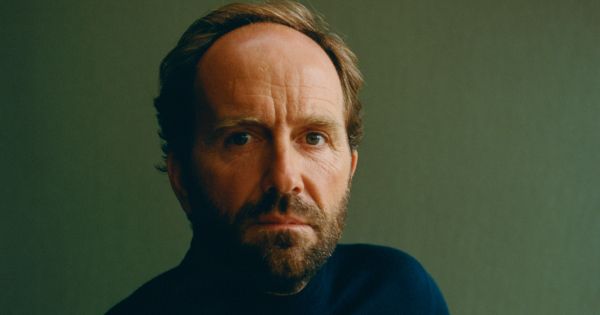
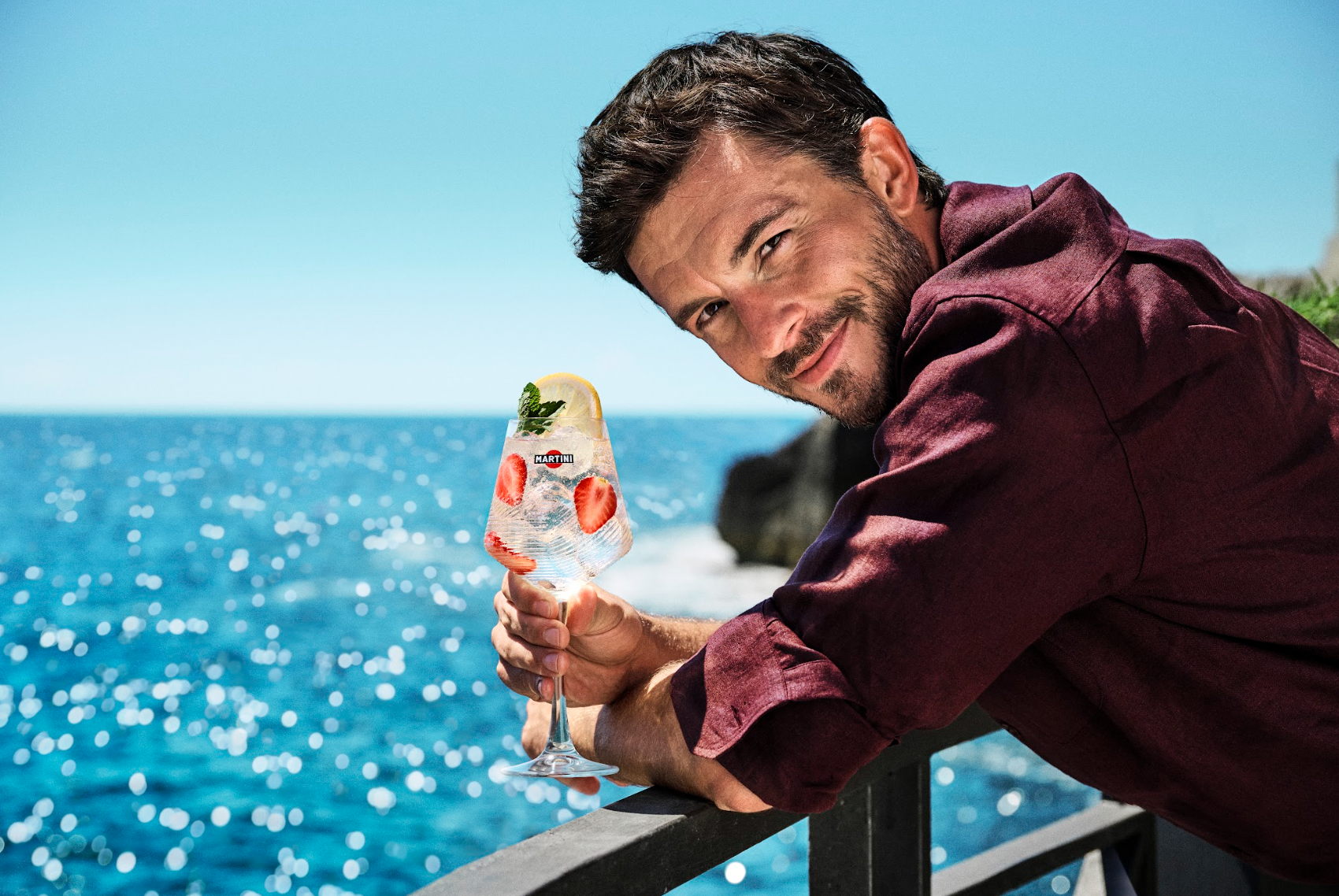
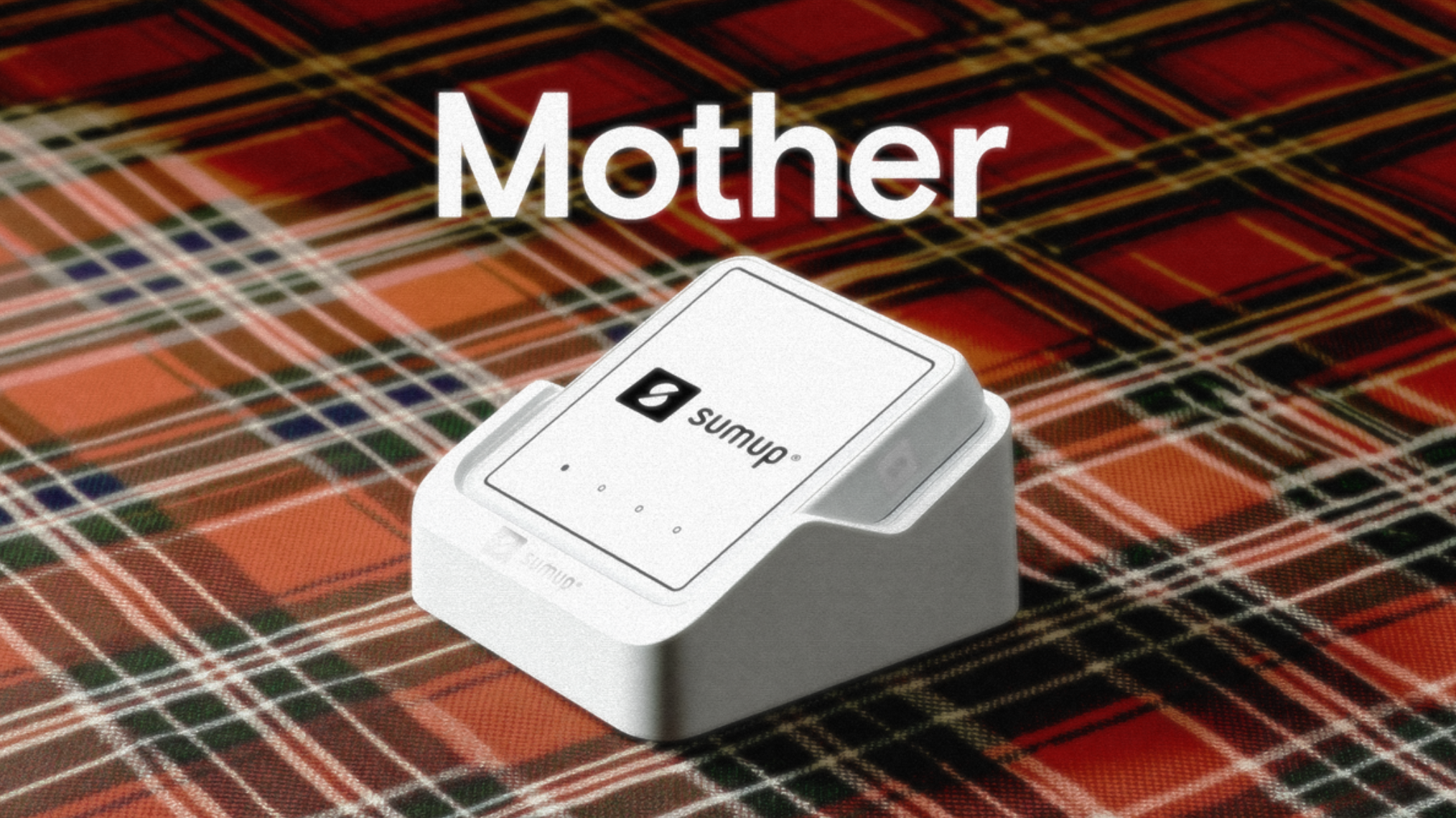
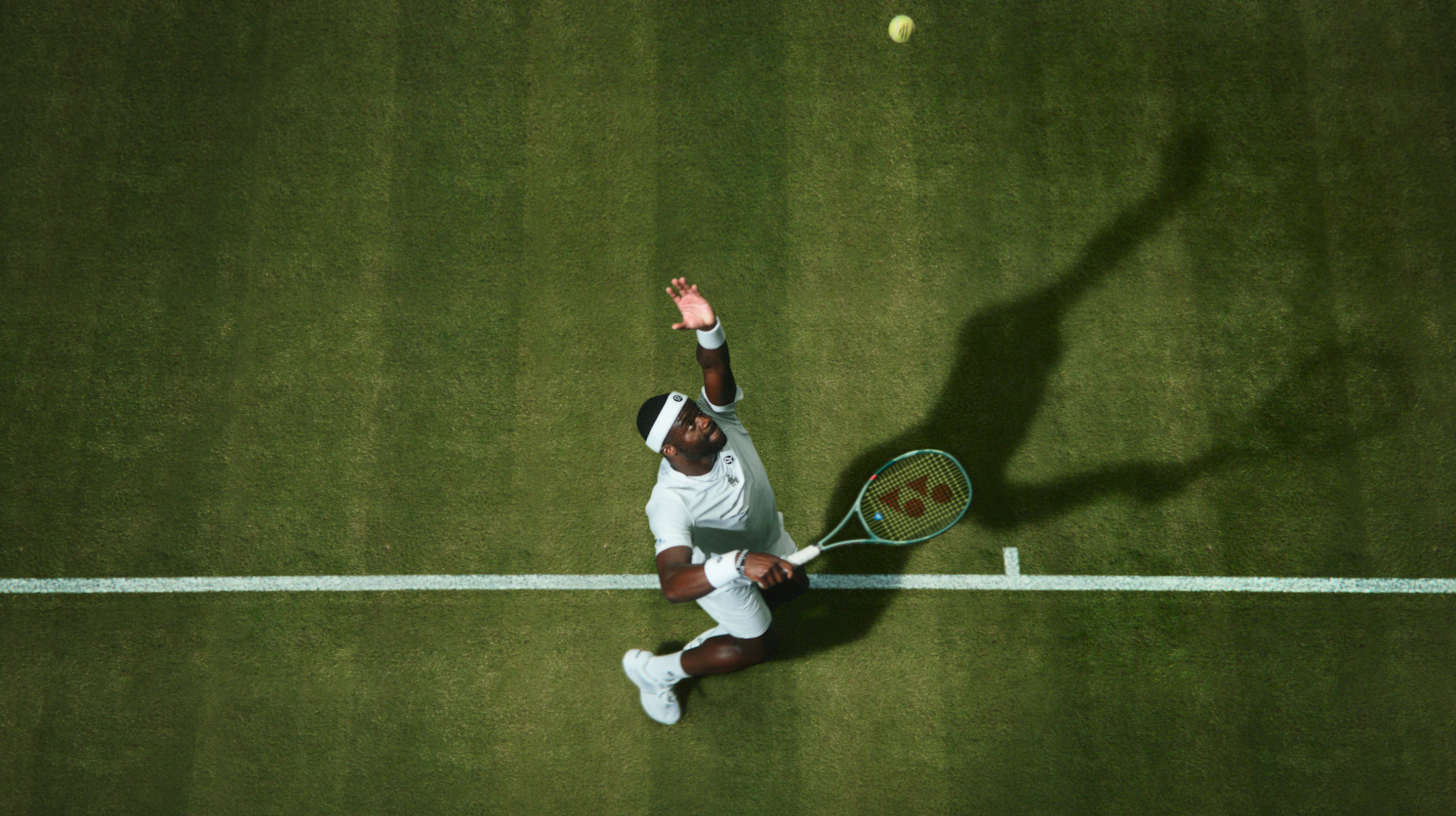

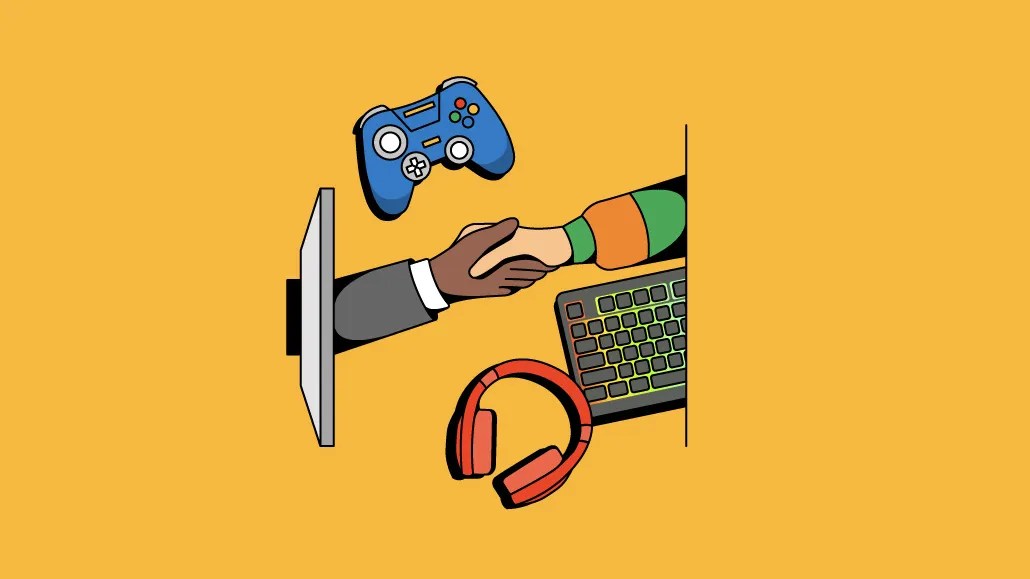




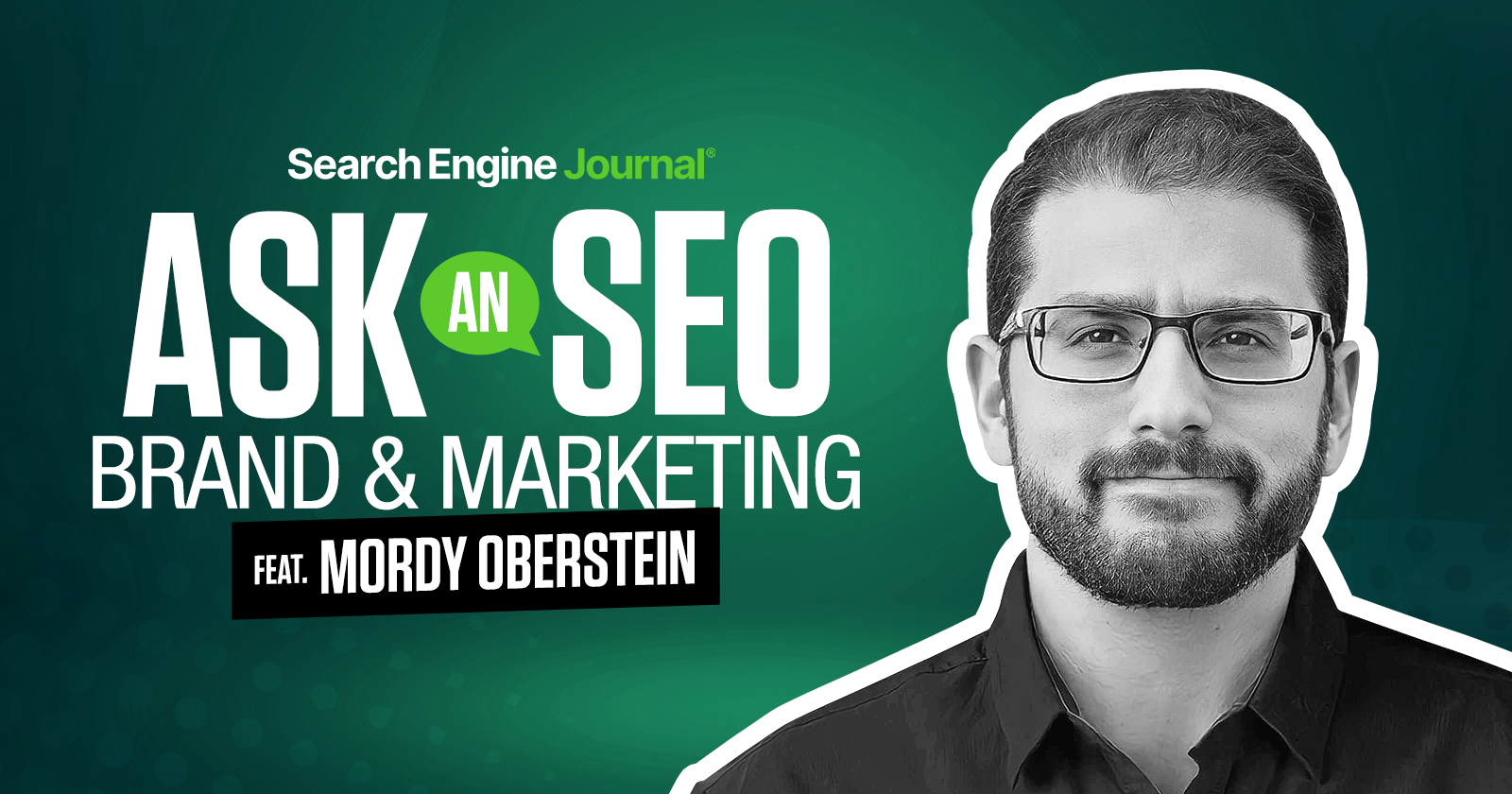
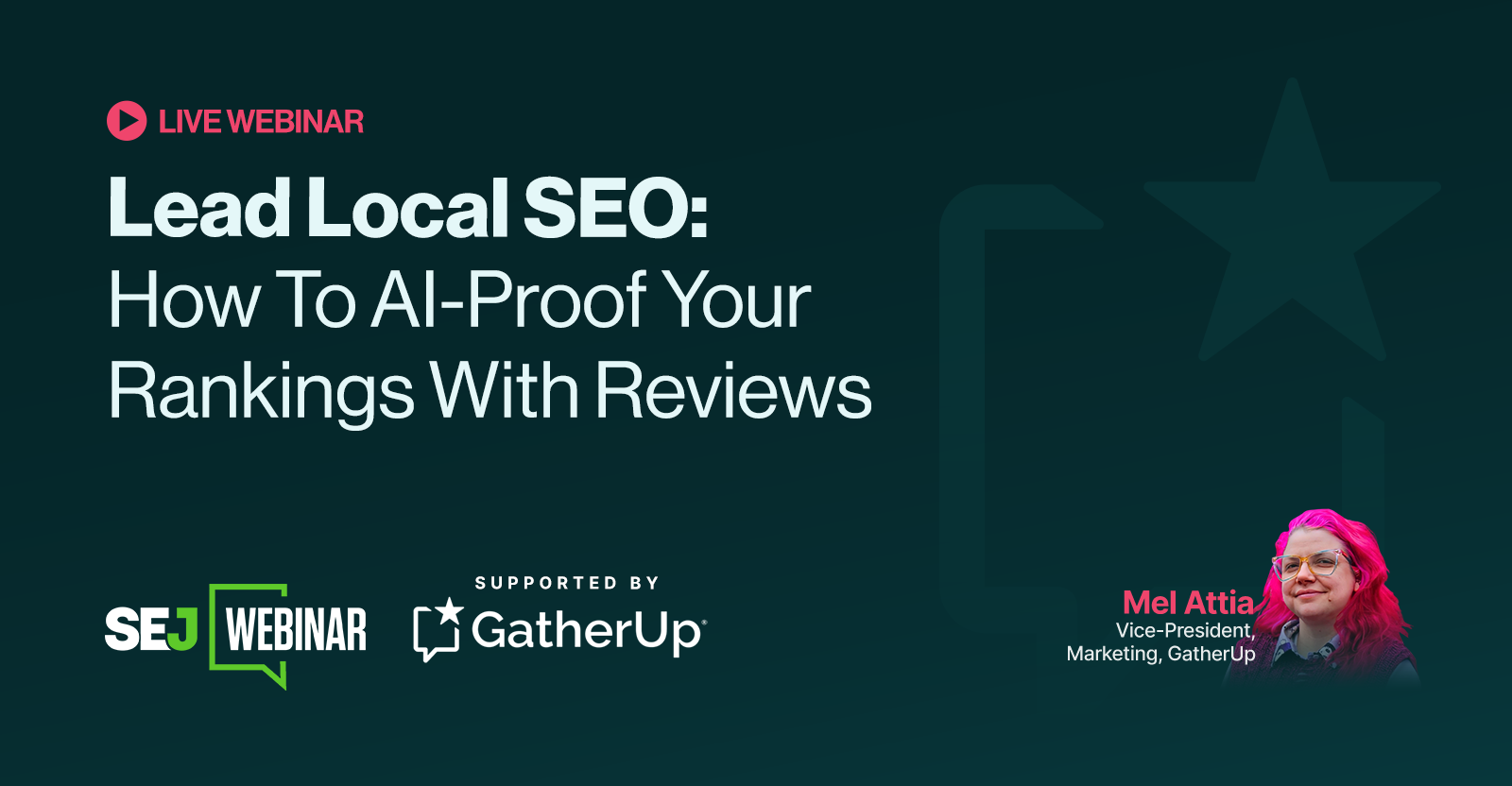








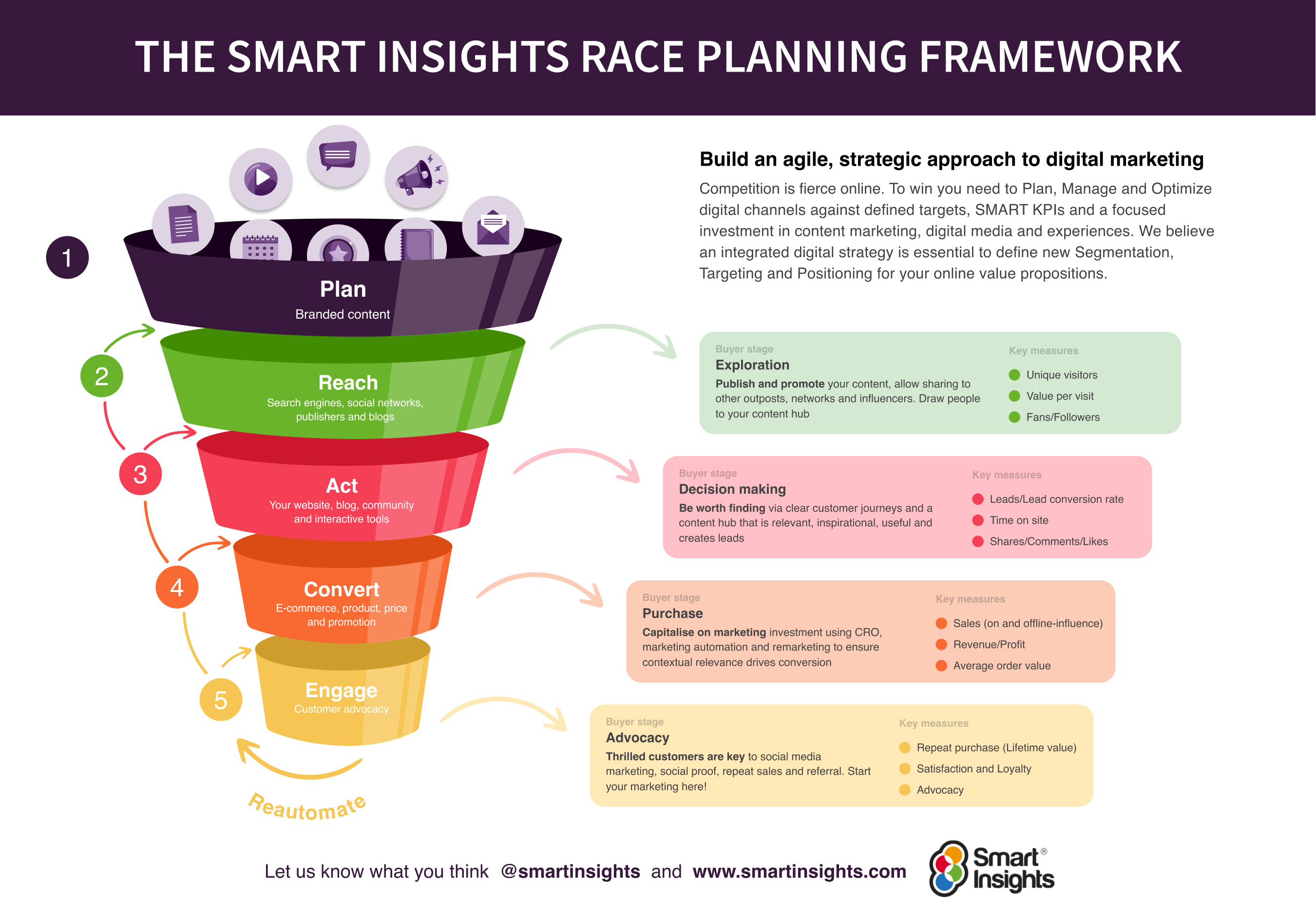












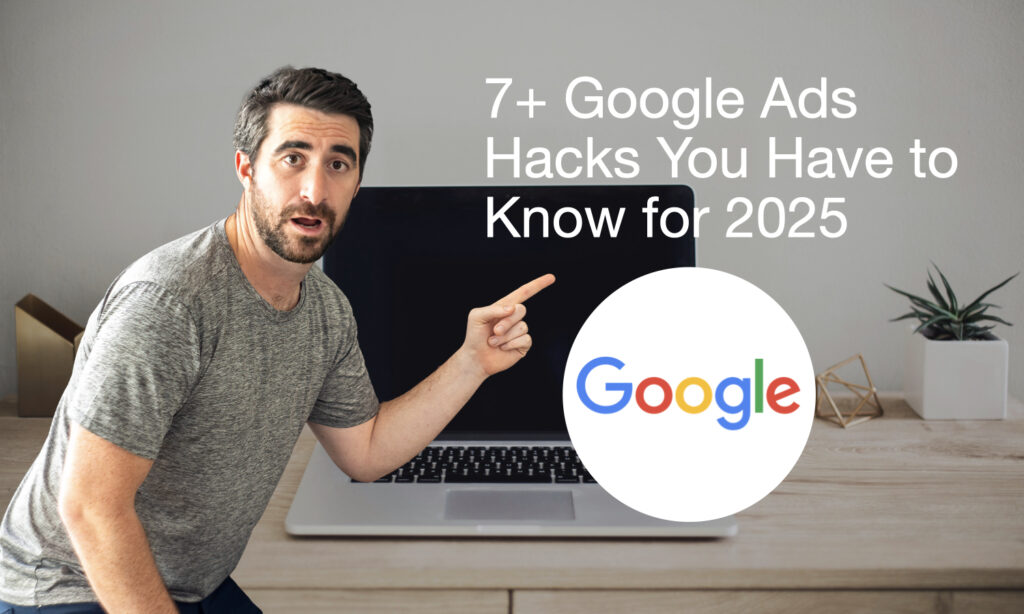



































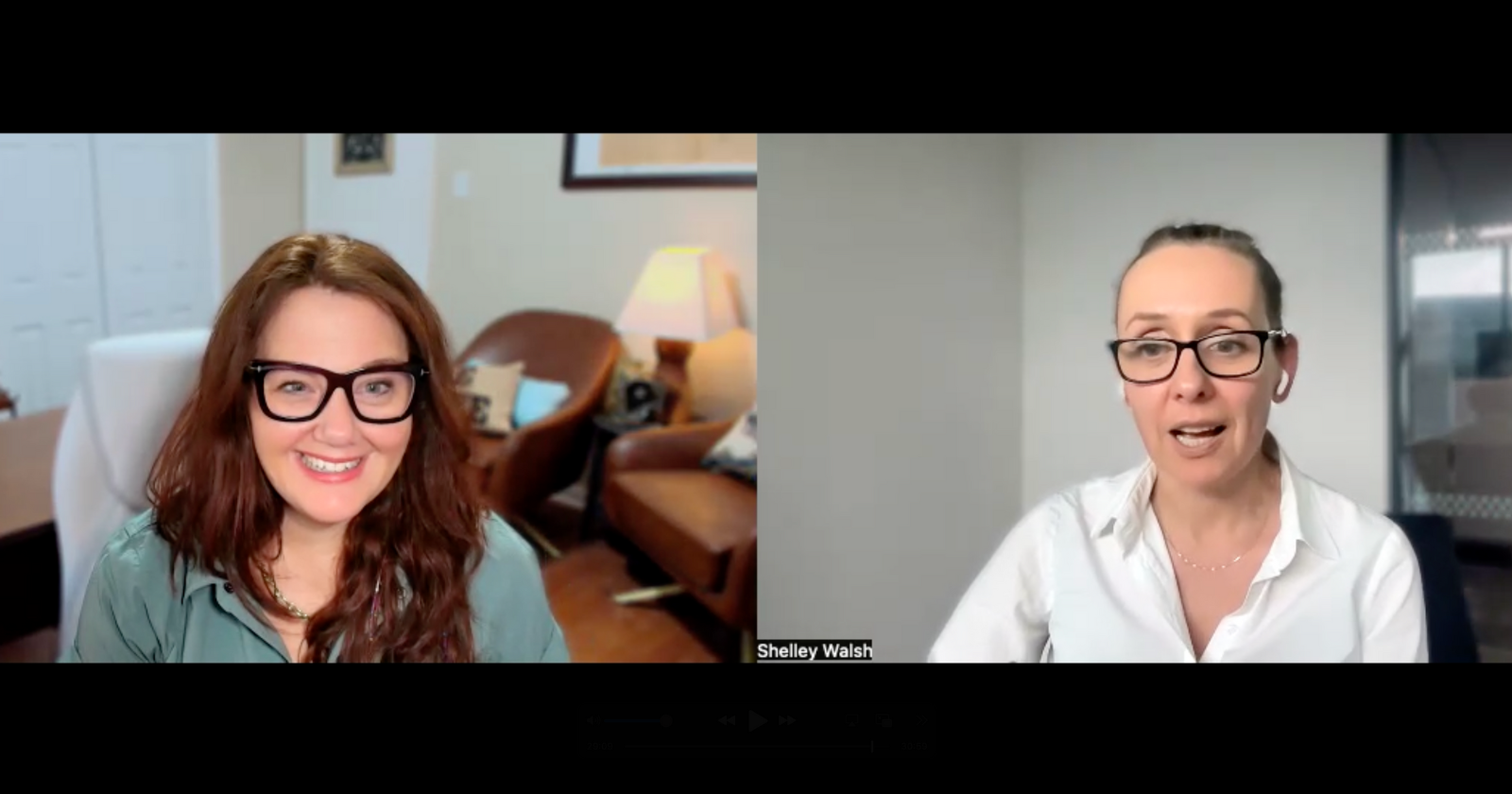
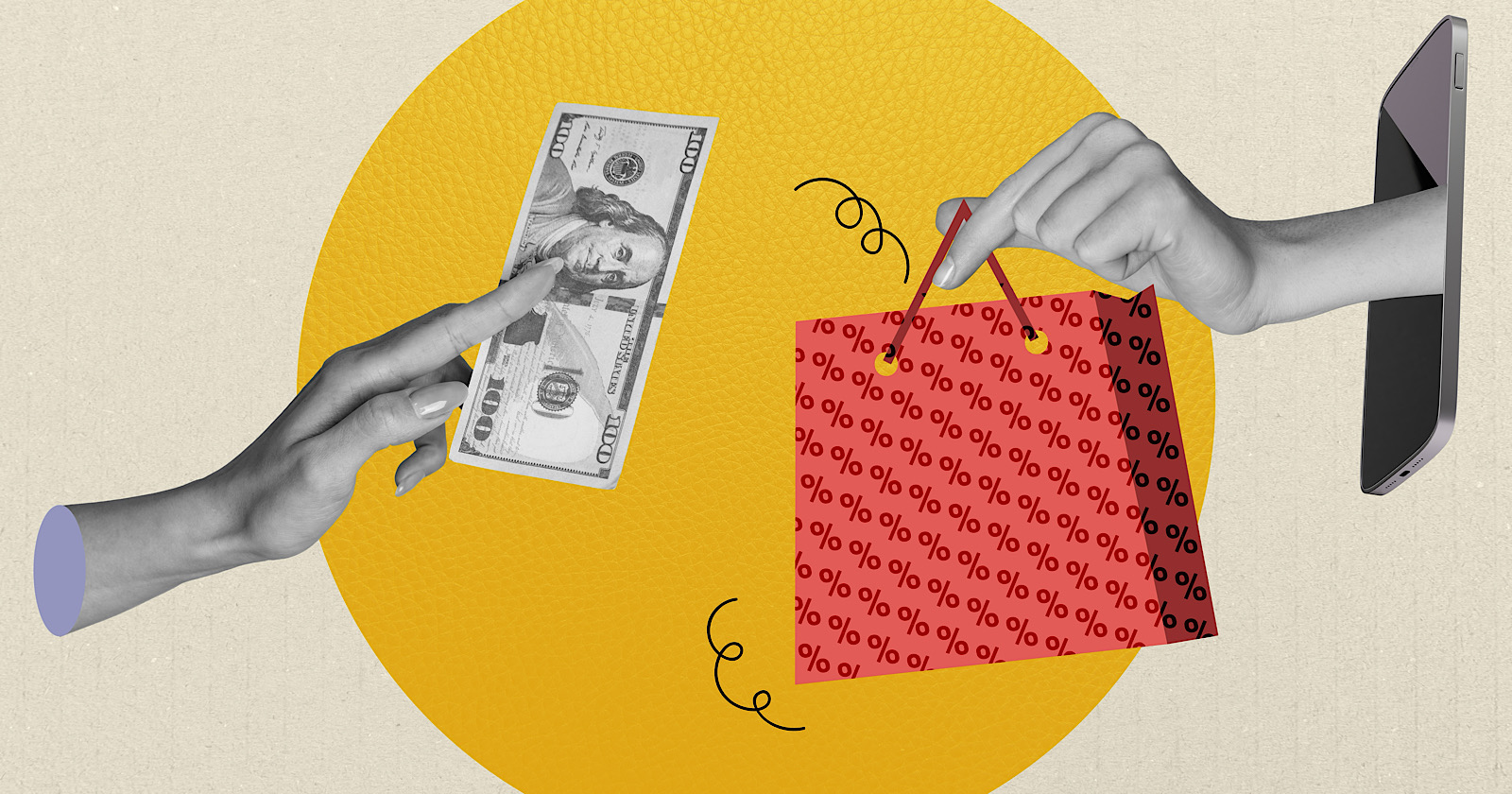
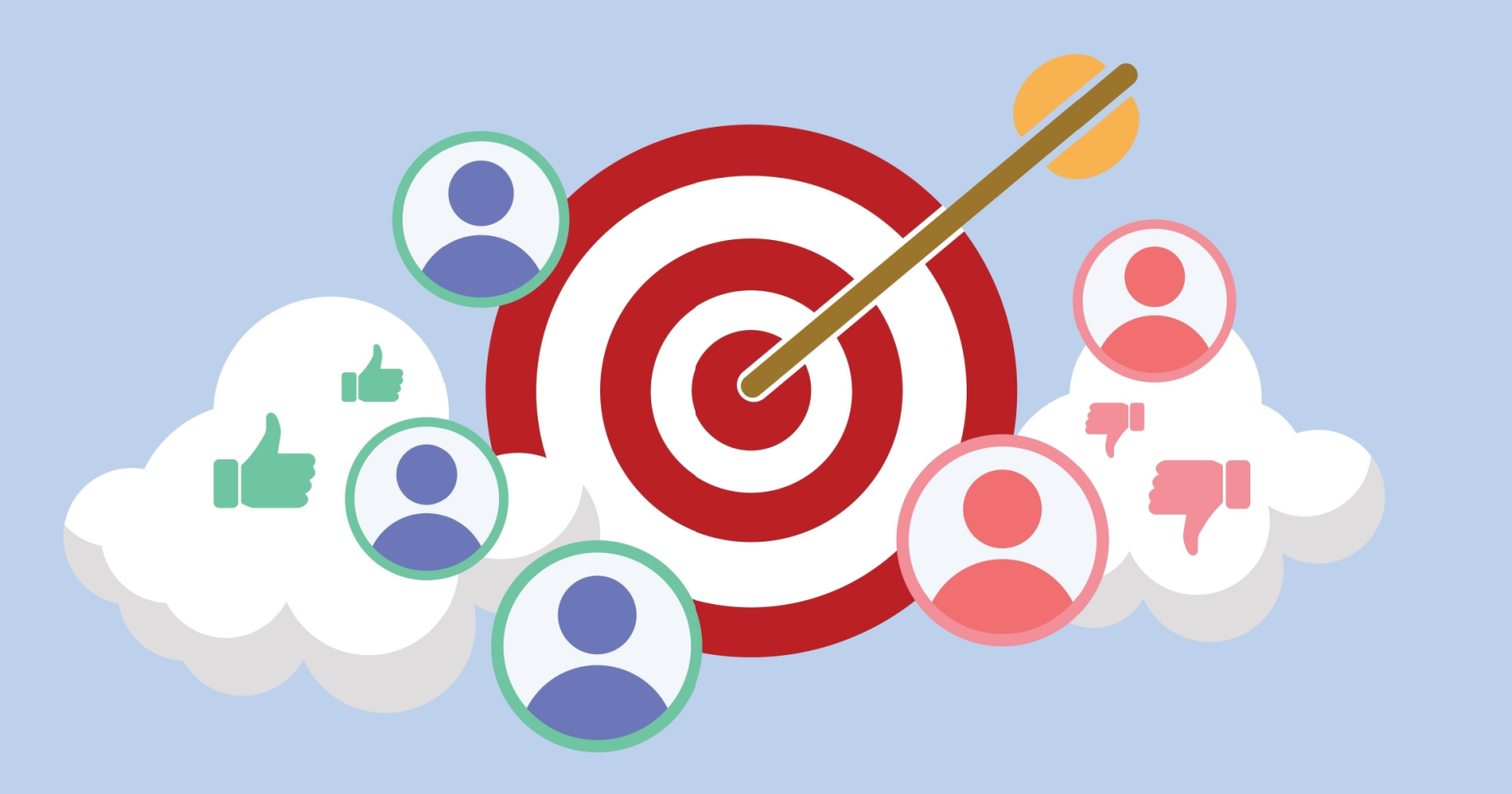

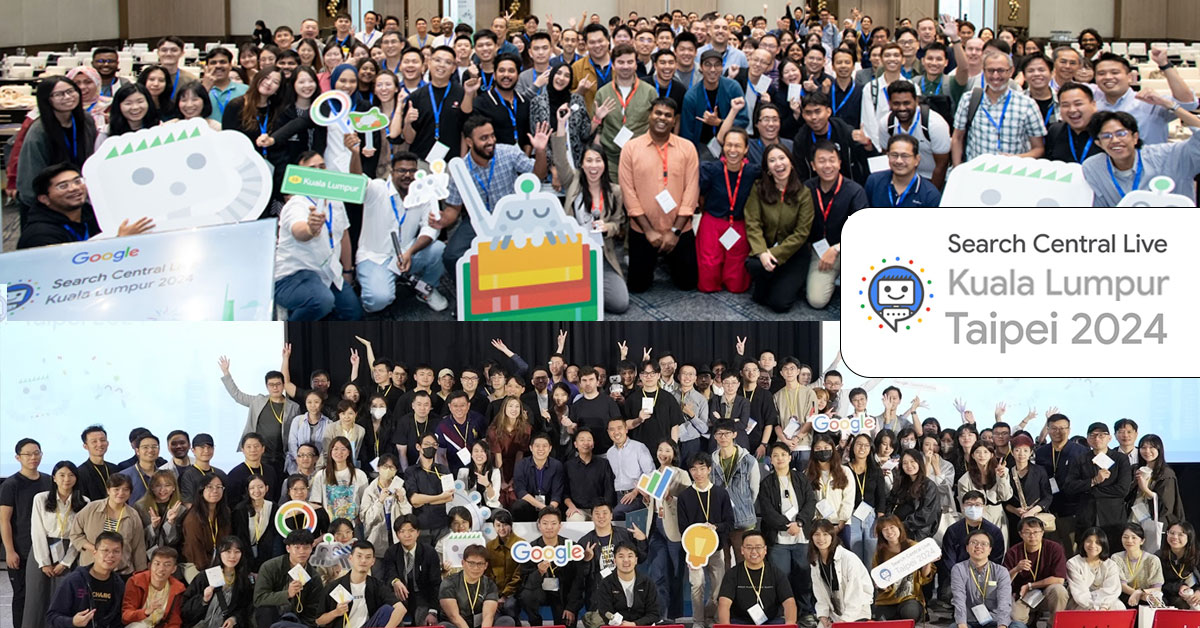

![Brand and SEO Sitting on a Tree: K-I-S-S-I-N-G [Mozcon 2025 Speaker Series]](https://moz.com/images/blog/banners/Mozcon2025_SpeakerBlogHeader_1180x400_LidiaInfante_London.png?auto=compress,format&fit=crop&dm=1749465874&s=56275e60eb1f4363767c42d318c4ef4a#)
![How To Build AI Tools To Automate Your SEO Workflows [MozCon 2025 Speaker Series]](https://moz.com/images/blog/banners/Mozcon2025_SpeakerBlogHeader_1180x400_Andrew_London-1.png?auto=compress,format&fit=crop&dm=1749642474&s=7897686f91f4e22a1f5191ea07414026#)
![How to Create an SEO Forecast [Free Template Included] — Whiteboard Friday](https://moz.com/images/blog/banners/WBF-SEOForecasting-Blog_Header.png?auto=compress,format&fit=crop&dm=1694010279&s=318ed1d453ed4f230e8e4b50ecee5417#)
![What Are Good Google Ads Benchmarks In 2025? [STUDY] via @sejournal, @brookeosmundson](https://www.searchenginejournal.com/wp-content/uploads/2025/06/benchmark-273.png)







![AI Content Is 4.7x Cheaper Than Human Content [+ New Research Report]](https://ahrefs.com/blog/wp-content/uploads/2025/06/ai-content-is-4.7x-cheaper-than-by-ryan-law-data-studies.jpg)

